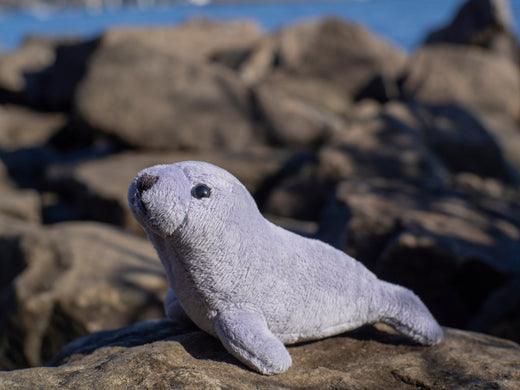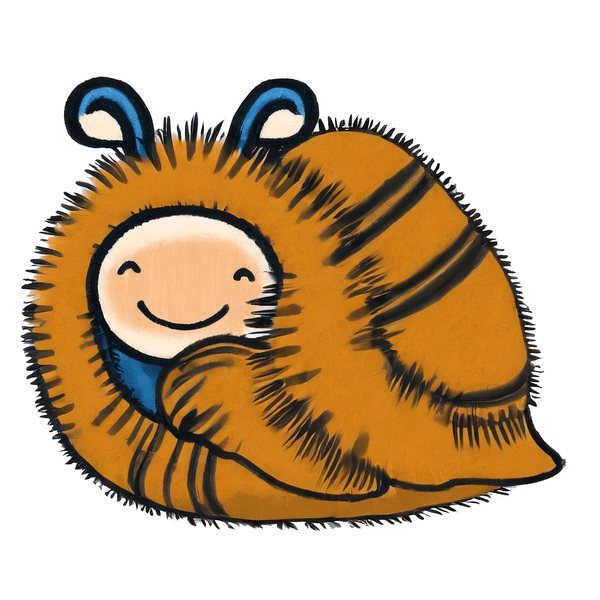
Plush Friends: Inspiring Environmental Awareness in Children
Share
Plush toys often serve as a child's first introduction to the animal kingdom, offering a tangible and comforting representation of our planet’s diverse creatures. These cuddly companions, however, can be much more than just sources of comfort and imaginative play. With creativity and thoughtful guidance, they can transform into powerful educational tools capable of teaching children about wildlife, fostering a deep-rooted love for nature, and inspiring the next generation of passionate conservationists.
Bringing the Wild Home: Creating Immersive Learning Experiences
- Species identification and diversity: A carefully curated collection of plush animals can introduce children to an astounding array of species, spanning from the familiar backyard creatures (such as dogs, cats, and squirrels) to the more exotic and endangered animals that capture the imagination (like tigers, elephants, penguins, and rare amphibians). This diversity helps children understand the rich tapestry of life on Earth and the importance of biodiversity.
- Habitat exploration and ecosystem understanding: By pairing plush toys with engaging books, vibrant pictures, or educational videos about their natural habitats, parents and educators can create immersive learning experiences. For instance, crafting a mini "African savanna" with a lion, giraffe, and zebra plush toys or assembling a "polar landscape" featuring a penguin, polar bear, and seal can help children visualize and comprehend where these animals live. This approach teaches about individual species and helps children grasp the intricate connections between animals and their environments, laying the foundation for understanding complex ecological concepts.
- Anatomy, adaptations, and evolutionary marvels: Plush toys can serve as excellent visual aids to illustrate the fascinating features and adaptations that help animals thrive in their respective habitats. By comparing and contrasting different plush animals, children can explore evolutionary concepts in an age-appropriate manner. For example, examining a bird's wings alongside a bat's can spark discussions about different forms of flight, while comparing a giraffe's long neck to an elephant's versatile trunk can illuminate how various species have evolved to access food sources in unique ways.
Engaging Learning Activities: Turning Playtime into Educational Adventures
- Interactive storytelling and role-playing: Encourage children to create rich, imaginative stories and scenarios featuring their plush animals as the main characters. Guide them to incorporate factual elements about the animals' behavior, diet, and social interactions, blending entertainment with education. This approach enhances their creativity and reinforces their understanding of animal life cycles, predator-prey relationships, and ecosystem dynamics.
- Multisensory arts and crafts projects: Engage children in various hands-on activities that bring the animal world to life. Have them draw or paint detailed pictures of their favorite plush animals in their natural habitats, create intricate dioramas of ecosystems using recycled materials, or craft DIY animal masks that highlight key features of different species. These projects improve fine motor skills and deepen children's understanding of animal characteristics and their environments.
- Educational games and interactive puzzles: Develop animal-themed games that combine fun with learning. This could include memory-matching games featuring animal facts, elaborate scavenger hunts with hidden clues about different species, or jigsaw puzzles that, when completed, reveal information about animal habitats or conservation efforts. These activities enhance cognitive skills while reinforcing knowledge about wildlife.
Instilling Conservation Values: Nurturing Young Environmental Stewards
- Fostering empathy and respect for living creatures: By encouraging children to care for their plush animals as if they were real, we can help develop a strong sense of empathy and responsibility towards actual animals. This emotional connection can serve as a robust foundation for teaching children about the importance of animal welfare and conservation.
- Introducing age-appropriate concepts about environmental challenges: Use plush toys as a gentle introduction to discuss some of the pressing threats facing wildlife today. For younger children, this might involve simple concepts like keeping habitats clean. At the same time, older kids can explore more complex issues such as habitat loss, pollution impacts, or climate change's effects on different species.
- Empowering children with conservation actions: Engage children in discussions about how they can actively contribute to wildlife protection, even at a young age. This could include practical tips like reducing waste and conserving water at home, participating in local conservation events, or supporting wildlife organizations through fundraisers or adoption programs. By connecting these actions to their beloved plush animals, children can see the direct impact of their efforts on the animals they care about.
Choosing the Right Plush Toys: Maximizing Educational Value
- Anatomically accurate and realistic features: When selecting plush toys for educational purposes, choose those that accurately represent the animal's physical characteristics, including proper coloration, proportions, and distinctive features. This attention to detail helps children form accurate mental images of the animals and aids in species recognition.
- Eco-friendly and sustainably sourced materials: To reinforce the message of environmental responsibility, look for plush toys made from eco-friendly, recycled, or sustainably sourced materials. This choice reduces the ecological impact of toy production and serves as a talking point to discuss sustainability with children.
- Comprehensive educational value: Seek out plush toys with supplementary educational materials, such as detailed information cards, interactive apps, or access to online resources. Some toy lines even partner with conservation organizations, providing a direct link between playtime and real-world wildlife protection efforts.
By thoughtfully incorporating plush toys into educational strategies, we can ignite children's curiosity about the natural world, cultivate a profound sense of wonder and respect for wildlife, and inspire a lifelong commitment to environmental stewardship. These soft, cuddly companions have the potential to be powerful catalysts in shaping the next generation of informed, compassionate, and proactive conservationists ready to tackle the environmental challenges of the future.
